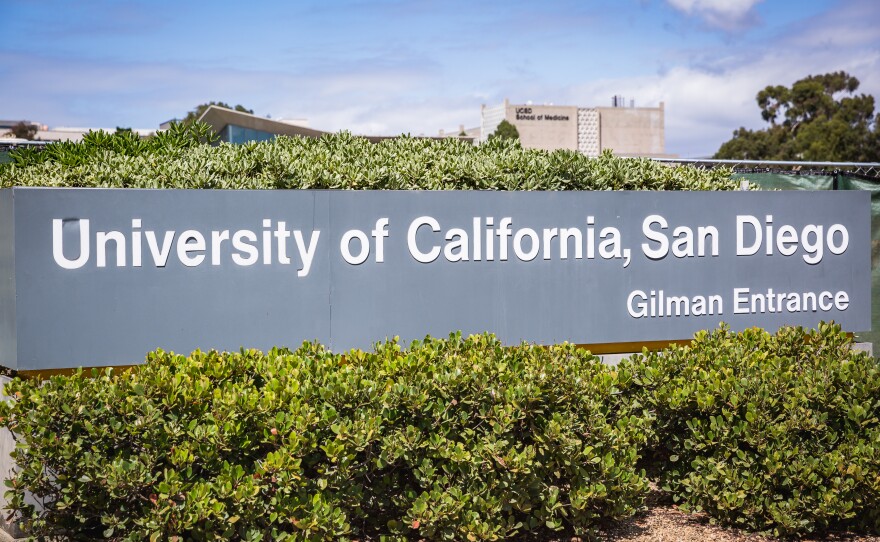Previously overlooked sections of human DNA could be the key to breakdowns in the immune system that lead to diseases like leukemia and lymphoma, researchers at UC San Diego announced Thursday.
In a study published in Thursday's edition of the journal cell, UCSD biologists examined noncoding sections of DNA located between the genes. They found that the regions help DNA areas, called "promoters" and "enhancers," come together.
Promoter areas are locations where genes begin to be expressed, while enhancer clusters are where cells mature into their assigned function. Failure to join together in a precise manner can lead to disease, according to the researchers.
"We think of the genome as an unstructured strand but in fact what we are seeing is a highly structured and meaningful design," said Cornelis Murre, of the UCSD Division of Biological Sciences.
"The process of architecture remodeling we've described allows the enhancer and promoter to find each other in 3D space at precisely the right time," Murre said. "The beauty is that it's all very carefully orchestrated. We have seen one example but there are likely many others all occurring at the same time when cells are moving along the developmental pathway — that's kind of amazing."
He described the mechanism as somewhat like a stiff wire — with enhancers and promoters on either end — that is bended together into a loop and anchored in place. Enhancers and promoters, once distantly separated, are now repositioned in close proximity to initiate the development of immune system building blocks known as T cells.
"The implications of these results are not only how normal T cells develop, but that tumor suppression is regulated through this mechanism, at least in part," Murre said. "Ultimately we may be able to fix mutations associated with disease and these forgotten strands of DNA."
Funding for the study was provided by the Center for Computational Biology and Bioinformatics at UCSD, the California Institute for Regenerative Medicine, the National Institutes of Health and the Uehara Memorial Foundation of Japan.





